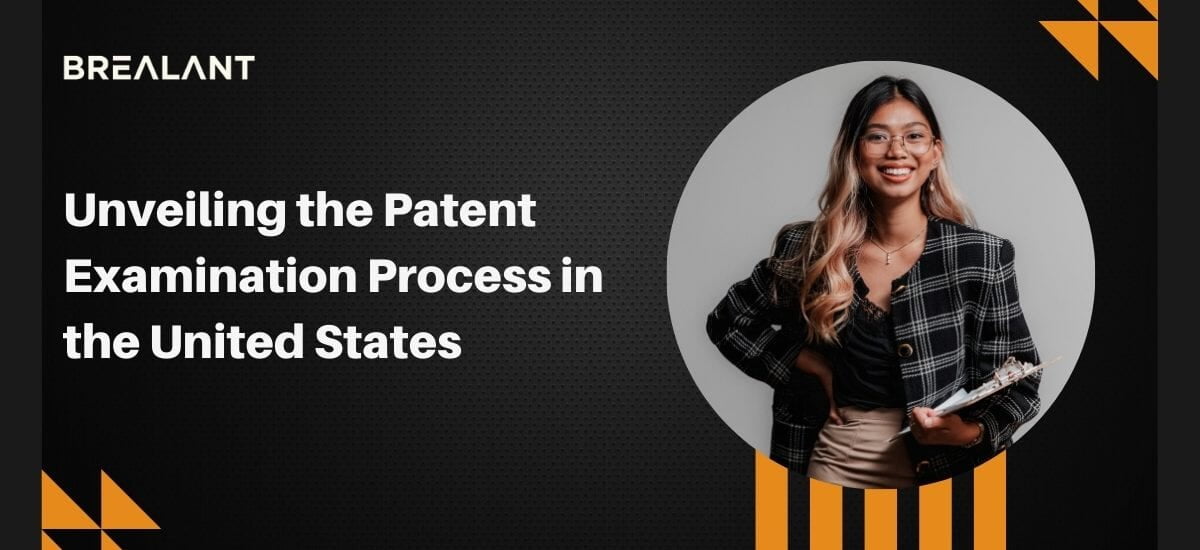
The United States Patent and Trademark Office (USPTO) is a unique institution granting patents, trademarks, and copyrights. Its examination process is complex and requires applicants to carefully plan and execute their applications to maximize their chances of success. The patent examination process in the United States is a complex and detailed procedure through which inventors and innovators can obtain legal protection for their inventions.
The patent examination process in the United States is a complex and multi-step procedure that aims to determine if an invention or innovation meets the criteria for receiving a patent. This article will explore the patent examination process in detail, from initial filing to final issuance. We will highlight key steps and discuss how the USPTO evaluates an application.
What are the steps involved in the patent examination process in the United States?
The patent examination process in the United States is crucial in securing intellectual property rights for inventors and innovators. The United States Patent and Trademark Office (USPTO) oversees this process. Here’s an overview of how the patent examination process works in the United States:
- Application Filing: The process begins when an inventor or applicant files a patent application with the USPTO. Three main types of patents can be applied: utility patents (for new and useful processes, machines, manufactures, or compositions of matter), design patents (for new, original, and ornamental designs for an article of manufacture), and plant patents (for new and distinct plant varieties).
- Patent Examination Request: Once filed, the application goes through a formal examination process. During this stage, the USPTO assigns an examiner to review the application. The examiner is typically an expert in the relevant field of technology.
- Patent Search: The examiner thoroughly searches existing patents and prior art to determine if the invention is novel and non-obvious. This search ensures that the invention doesn’t infringe upon any existing patents.
- Office Action: After the patent search, the examiner issues an Office Action to the applicant. This Office Action may contain rejections or objections based on the prior art or other statutory requirements. The applicant can respond to the Office Action by making amendments to the application or providing arguments to address the examiner’s concerns.
- Amendments and Responses: The applicant can amend the patent application or submit a response addressing the examiner’s concerns. This back-and-forth communication between the applicant and the examiner can go through multiple rounds to resolve issues and secure patent approval.
- Allowance: The patent application is allowed if the examiner is satisfied with the amended application and all other statutory requirements are met. The USPTO will issue a Notice of Allowance at this stage, and the applicant must pay the required issue fee.
- Publication: Once the application is allowed, the USPTO typically publishes the details of the granted patent, making it publicly accessible.
- Grant: After payment of the issue fee, the USPTO issues the patent grant. The patent holder then has exclusive rights to their invention for a specified period, typically 20 years from filing for utility patents and 15 years for design patents.
- Maintenance: To keep the patent in force, the patent holder must pay maintenance fees at specified intervals during the patent’s life.
It’s important to note that the patent examination process can be lengthy, taking several years in some cases, and may involve additional complexities for particular inventions. Applicants may also need to address various legal and procedural requirements. Consulting with a patent attorney or agent is often advisable to successfully navigate the patent examination process.
Conclusion
If you are planning to file a patent application in the United States, it is vital to understand the patent examination process. By understanding what to expect, you can plan your application accordingly and minimize potential surprises during the review process. The patent examination process in the United States is critical in securing intellectual property rights for inventors and innovators. This process is administered by the United States Patent and Trademark Office (USPTO). It is designed to ensure that patents are granted for novel and non-obvious inventions that meet specific legal requirements.
The USPTO is the most significant patent office in the world and reviews patent applications. Reviewing patent applications can be challenging, but the USPTO must ensure patents are issued based on valid intellectual property. To accomplish this, the USPTO employs several methods, including examination. The patent examination may seem overwhelming, but the process becomes easy to get through when you have expert guidance and help. If you are an owner of a creation, then Brealant is the best IP service provider firm that strives to provide its clients with comprehensive advice and tech-led solutions.

